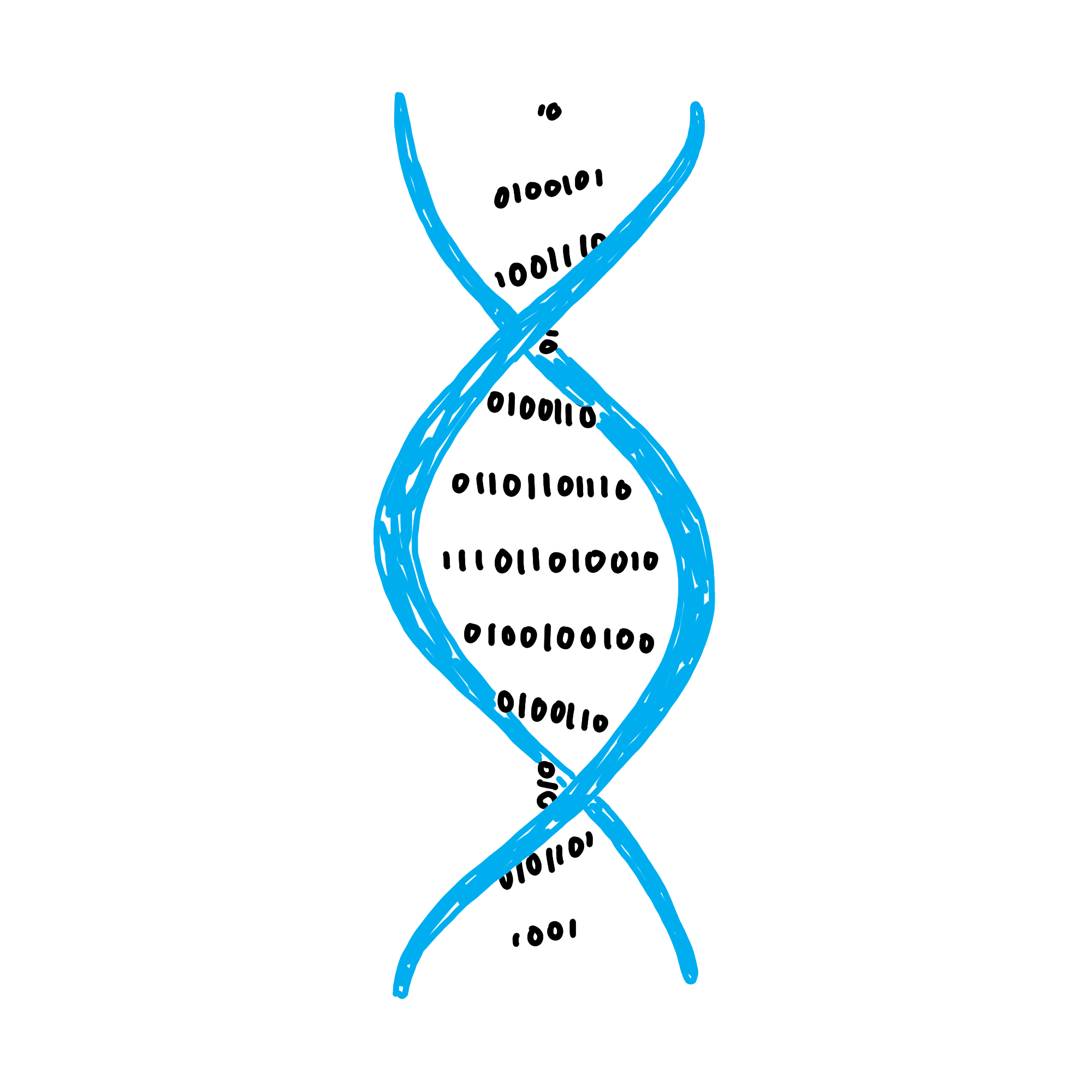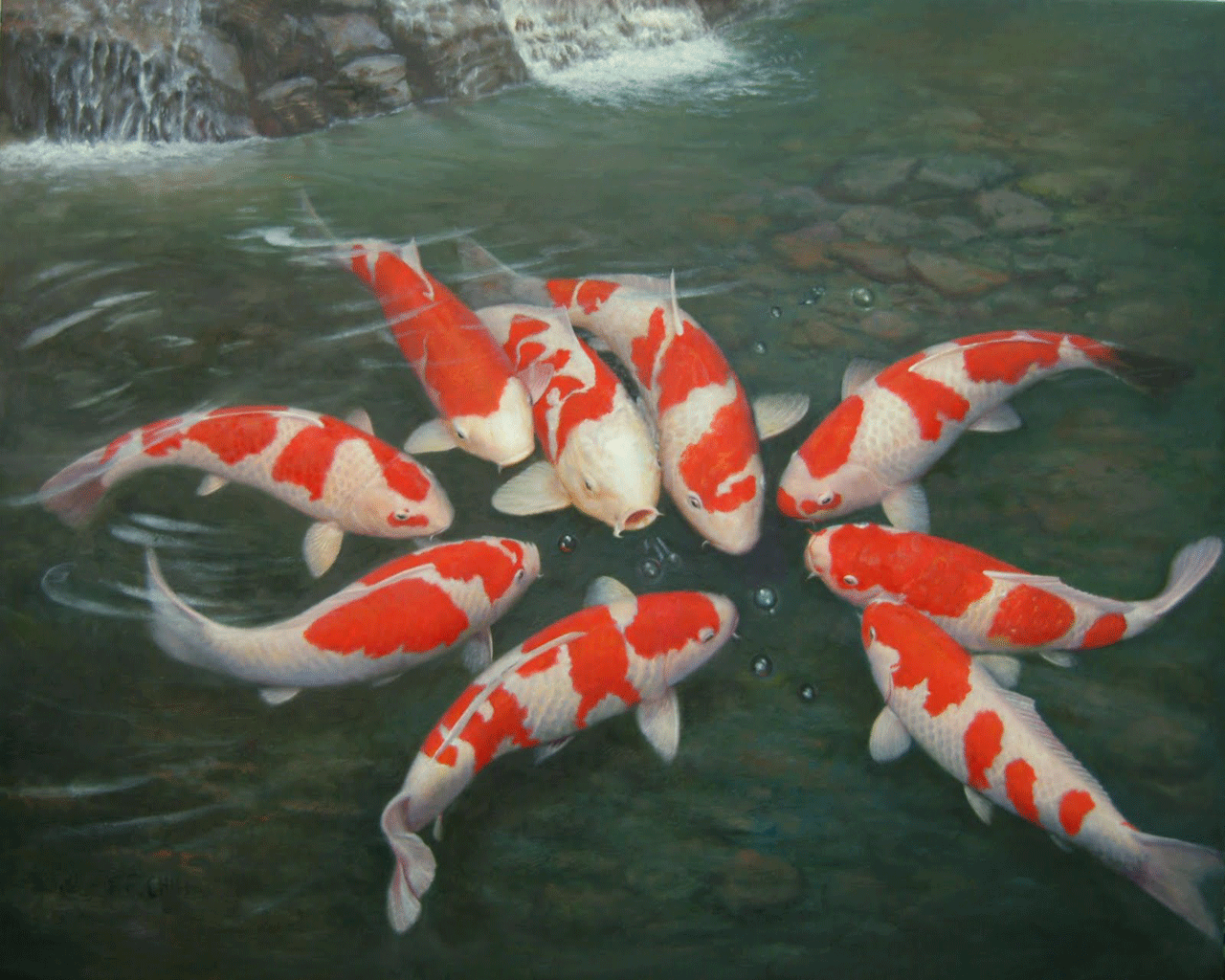
WHAT IS GENE EDITING?
WHY SHOULD WE USE GENE EDITING?
HOW DOES GENE EDITING WORK?
FUTURE PLANS
WHERE HAS GENE EDITING BEEN USED?
Although the idea gene editing is still a relatively new topic, many organisms have had their genes edited and here are just a few!
Bringing back the Mammoth?
About 4,000 years ago, mammoths were hunted out of existence by humans for their wool. Researchers in Boston has a plan to undo the damage by using CRISPR to transform endangered Indian elephants into wooly mammoths by modifying their genes.
Pig Donors?
Reseachers plan to grow human organs into pigs for human organ transplants. They plan to injected human stem cells into pig embryos to produce human-pig embryos.
A Cure for Cancer?
Scientists are working on the theory that CRISPR might be able to boost the function of the body's T cells so that the immune system is better at recognizing and killing cancer and possibly increase the survival rate of cancer.
INTERESTING ARTICLES
Gene editing is a type of genetic engineering in which DNA has been altered. It could be done in almost anything that contains DNA such as plants, animals, humans, or bacteria. The DNA could be deleted or replaced. Gene editing can take out mutation in inherited genes, improve how plants grow, and can potentially cure many diseases. There are many different procedures on how gene editing can be done, but the main ones are TALEN, CRISPR, Epigenome. H1
To Cure Diseases
HIV- Physicians might be able to edit a patient's immune cells to delete the CCR5 gene that is linked to the resistance to HIV
Genetic blindness- researchers can possibly inactivating a certain part of a gene in a person's eye cell that could possibly stop some types of inherited blindness or progressive blindness in their tracks
Sickle cell Anemia- one day, when technology further advances, researchers could edit a patient's blood stem cells to cure Sickle cell Anemia

Stop the spread of disease
Mosquitoes are one of the many bugs that carry and spread deadly diseases such as Zika, Malaria, Dengue, etc. The usage of gene editing could prevent mosquitoes, or any other disease carrying bugs, from spreading the disease to humans and animals.

Save endangered species
Animals, plants, bugs, etc. could be endangered by many different ways. They could be endangered by hunting, weather change, other species, and much more. With gene editing, we could slightly alter their gene so they could be more resistance to things that are causing them to become extinct so that they can survive to reproduce to bring back their population. If an species is declining due to the harsh weathers, we could potentially alter their genes to add more, or less, fur or feathers so they could survive in the environment.

Make better food
We could use gene editing to modify plants to produce better food for us to consume. We could modify the plant's genetic sequence so it could be resistance to specific types of bugs that harm the plant. We could also make the plant more strong so it can be grown in hash environments, and we could possibly modify the plant to grow faster and produce more. This could help out the world because it could possibly end world hunger by making more food available for more people around the world.

WATCH THIS VIDEO TO FIND OUT


Typically DNA is either being added or taken out of the host’s cell. The diagram on the left shows a donor's DNA being added into the host’s DNA. What they do is they cut out the part of the host’s genetic info they don't want and then they add a part of the donor's DNA that they want to replace with in the missing spot.
The diagram on the right shows DNA being cut out. This is typically used when a mutation occurs and they are trying to get rid of it. What they do is they cut of the mutation, or part of the DNA they don't want, and they then infuse the two strands of DNA that they want together to form into one.


Zebra fish:
Researchers found that zebrafish lacked various combinations of the hox13 genes, so they edited out the genes of the zebrafish that made them have “finger fins”, which is a genetic mutation most zebra fish obtain.
Pigs (micropigs):
Scientists in China created pigs that only grew to about 15 kilograms. They currently use these micropigs as pets and sell them for about $1,600US.

Salmon:
Scientists engineered salmon to grow faster by tampering with their hormones. They inactivated specific reproductive hormones in salmon to make them grow at a faster rate.

Grapes:
Scientists found a way to make grapes sweeter and taste like cotton candy. The company “Grapery”, one of the largest “Cotton Candy Grapes” produces six varieties of sweet grape flavors, including flavors like gun drop.

Monkeys:
Scientists genetically edited a monkey’s genes to show the symptoms of autism . They got a healthy monkey embryo and added the gene into the embryo.
Apples:
The company Arctic edited the genes of apples to make a “non-browning” apple. They took out a chemical compound that an apple produces when it has been bump, scratched, or cut.


"A team in China has corrected genetic mutations in at least some of the cells in three normal human embryos using the CRISPR genome editing technique..."
First results of CRISPR gene editing of normal embryos released
Scientists Are Creating a Genetic Chainsaw to Hack Superbug DNA to Bits

"... But some researchers think a lesser-known flavor of the technology might be the answer to the world’s growing superbug problem. Ladies and gentlemen, meet CRISPR-Cas3..." read more.

"In this study, the research team successfully injected CRISPR-Cas9 into the eyes of a mice model with wet AMD and locally modified the VEGF gene..."
Genome surgery with CRISPR-Cas9 to prevent blindness
Ruling in CRISPR patent battle
"Two female scientists, who discovered the gene editing technique CRISPR, have suffered a major blow with their claim in the US to legal rights over the invention..." read more.







